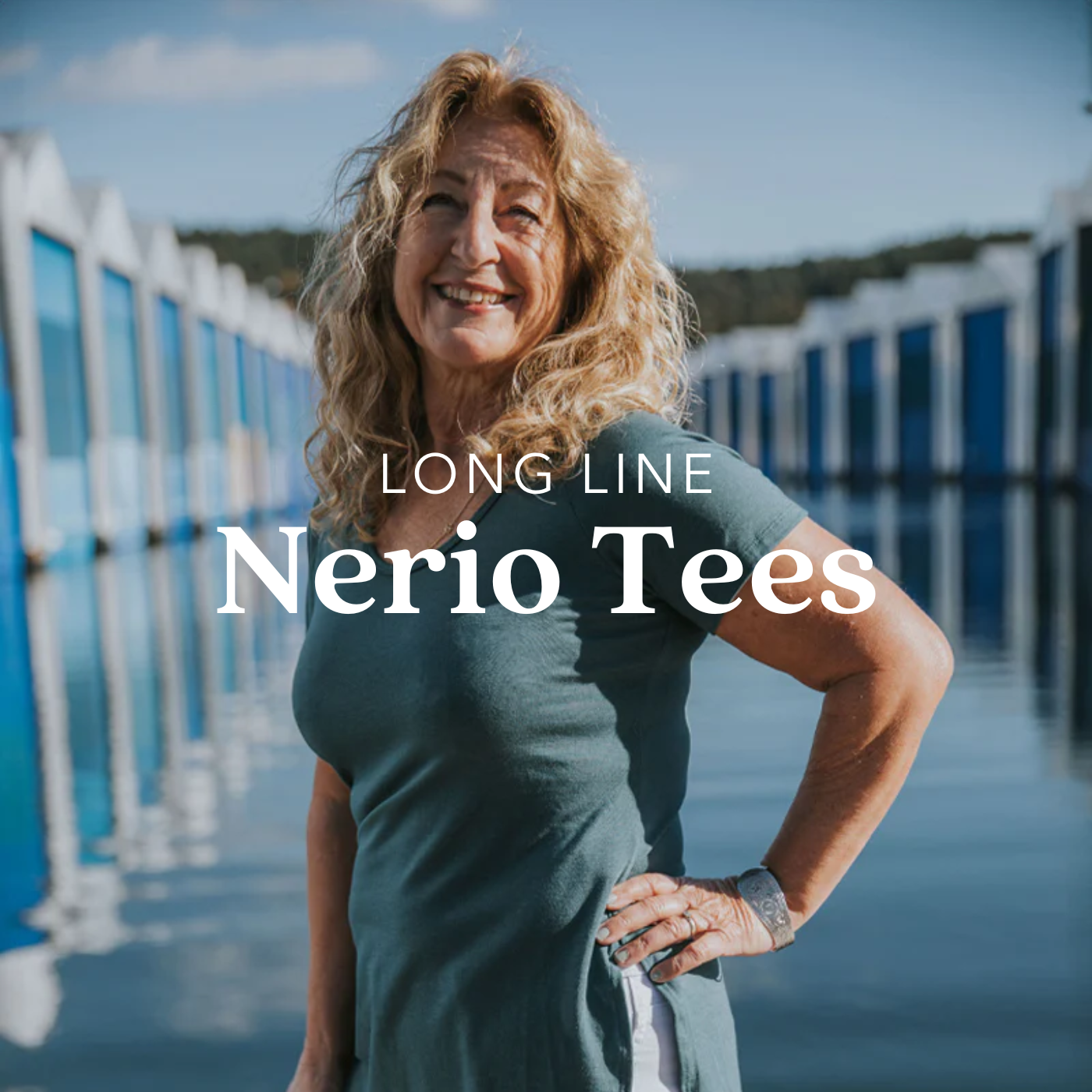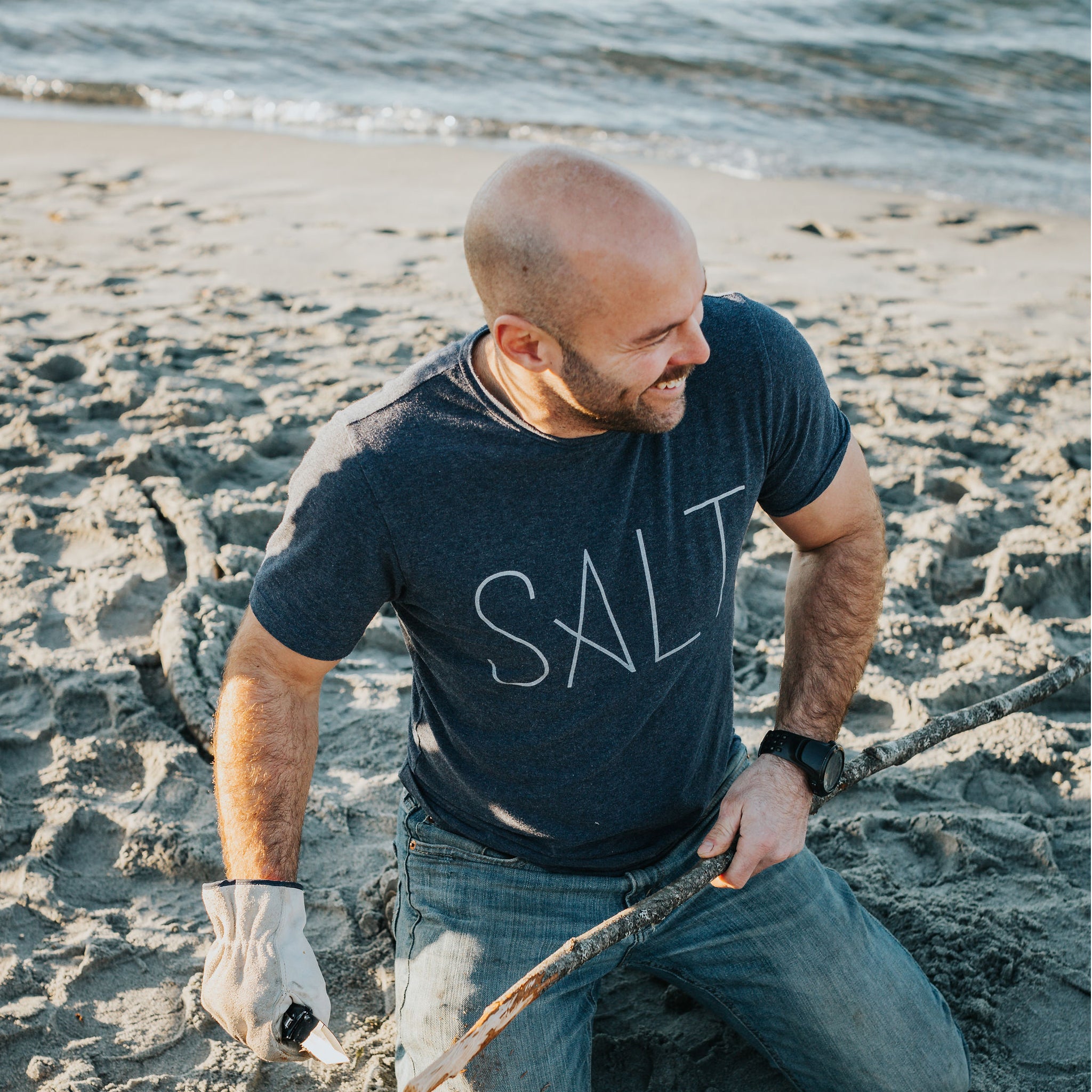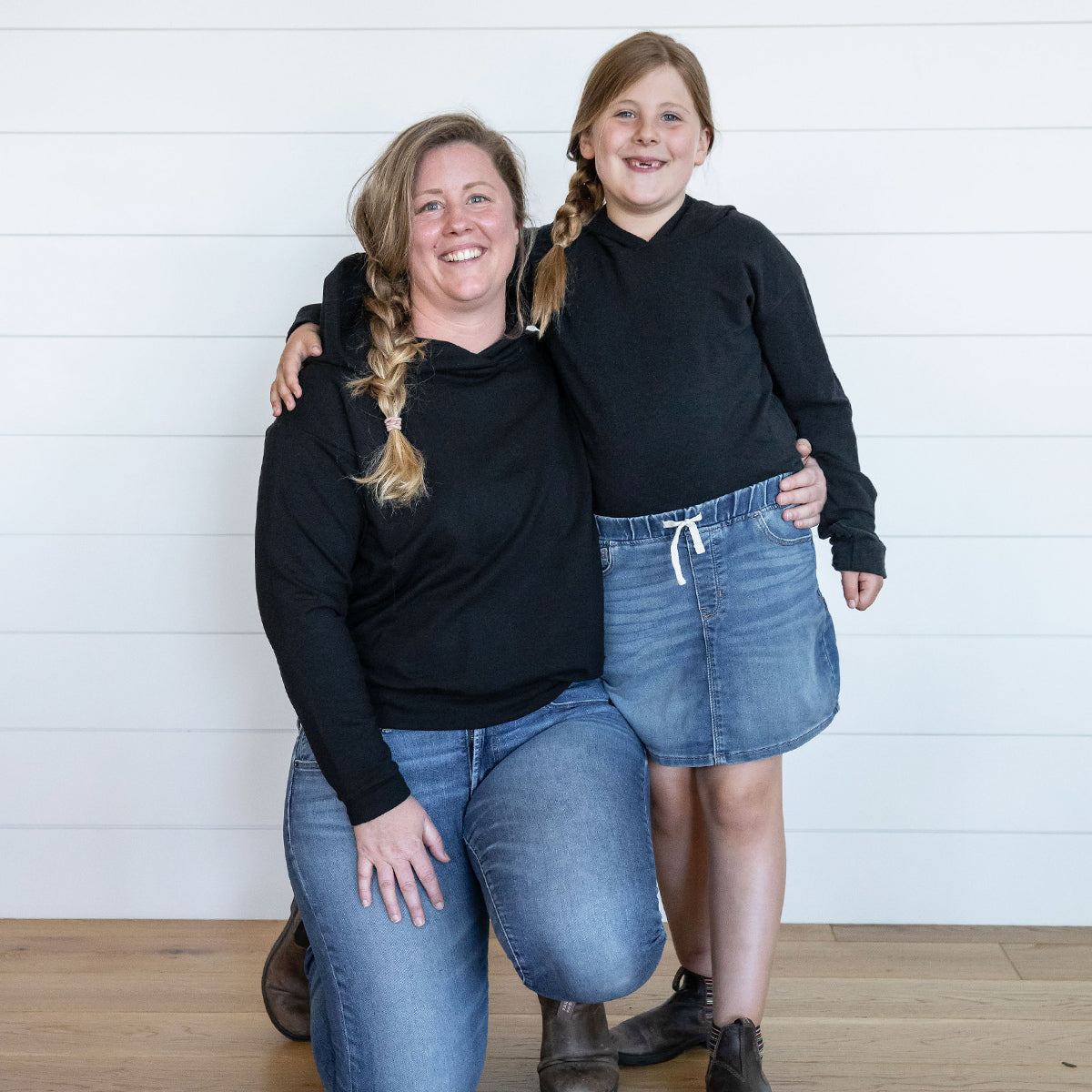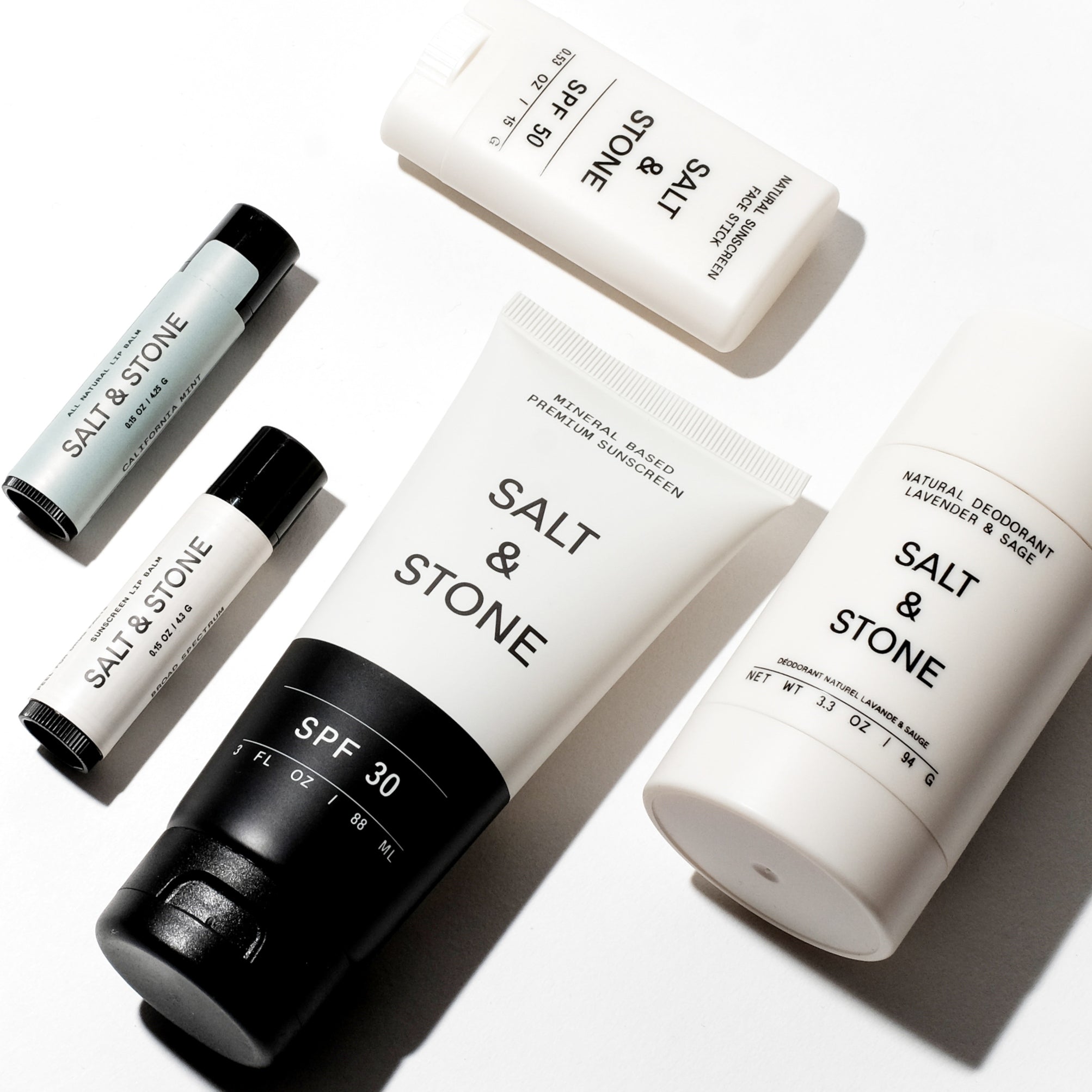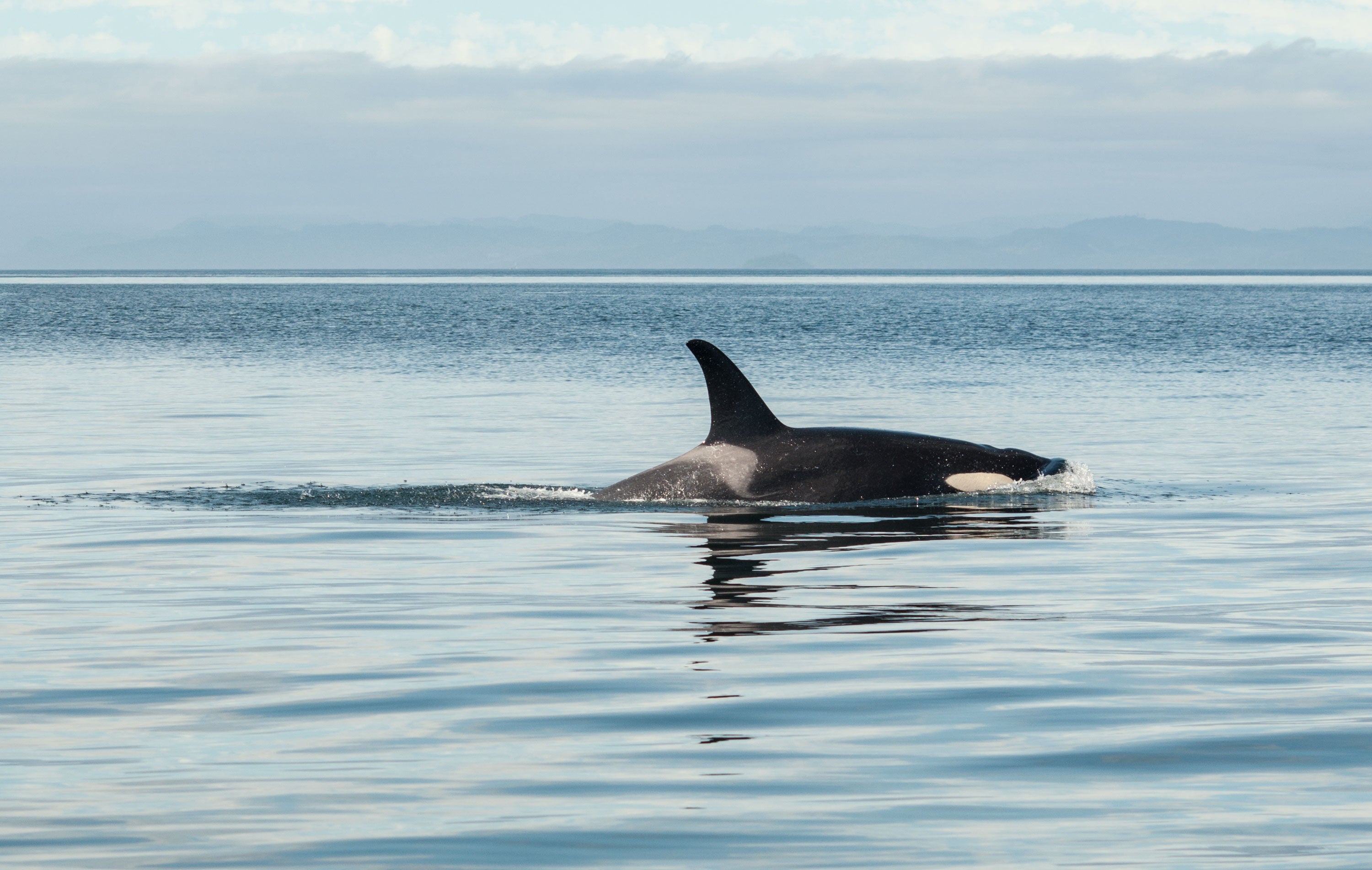
ORCAS | Preserving Nature, Preserving Families

When you think about marine life in the Pacific Northwest, it is unlikely that Orcas won't come up. They have become an icon of our waters. One of the biggest, and most striking animals that represents our stretch of sea, their black and white colouring makes them unmistakable. Although they can be found in other oceans in the world, we do have a relatively high concentration of them residing along the West Coast of North America. They can be even more densely found in the Antarctic, and seem to be able to acclimatize to almost any water temperature. They usually prefer a coastal habitat as opposed to open ocean, although some of the transient pods can be found nearly anywhere from time to time.
Did you know that they are actually dolphins? Or part of the Oceanic Dolphin family more specifically. They are the largest species in the category, weighing up to 10 tonnes and measuring up to 30 feet. There are several biological features that qualify a species into this category. Notable are their fins and their body shapes.
"Oceanic dolphins have a torpedo-shaped body with an inflexible neck,...and a bulbous head. A dolphin skull has small eye orbits,...and eyes placed on the sides of its head. [They] have two flippers on the underside toward the head, a dorsal fin, and a tail fin." -Wikipedia
They are all carnivorous, and can have up to 200 large teeth. Orcas consume other small marine mammals like seals, in addition to fish and squid. They have advanced group hunting techniques, which are really quite remarkable to behold (take a peek here!). Pods from different areas, transient versus resident pods, and the different categories of Orcas within the species will vary in their communication and hunting techniques. Regardless, it would seem that all their methods involve working together. Like many marine mammals, "orcas use echolocation - bouncing sound off of objects to determine their location - to hunt and use a series of high-pitched clicks to stun prey."- defenders.org
Orcas are very intelligent, social animals. They play, they talk, they have familial bonds. There are three broad categories of Orcas: Resident (stick close to shore), Transient (migratory), and Offshore (open ocean dwelling). They travel in pods, which are their families, anywhere from 5-30 on average, although there is no limit to their numbers, save that of their struggle with existence.

What if, they all disappeared?
That question makes your heart beat a little faster, doesn't it? What was the first thing that came to mind? Probably questions like "What is threatening them?" "How many are left?" and hopefully, "What can we do to preserve them?" We'd like the answers to those questions too, so we don't have to watch these amazing mammals fade into history.
Currently, there seems to be a lack of data to tells us the exact status of their global population.
"[Their] global distribution and the confusing relationships between populations/potential new species...contribute to scientists not believing that they have enough data to determine the conservation status of the killer whale. Further study and continued monitoring are both necessary to understand any potential risks that this species faces." - oceana.org
However, it is undeniable that they are a threatened, even endangered species. According to this recently released video, the population of the southern resident whales around British Columbia, Washington, and Oregon is at a 30 year low, with only 74 whales accounted for (although a new calf was spotted recently, which is so exciting!). These whales feed mostly on chinook salmon, a species whose numbers are also in decline due to several factors, with climate change heralded as the leader. Other factors in the decline of the Killer Whale population are likely "...increased noise and overcrowding from boat traffic, and an influx of toxic chemicals in their aquatic ecosystem." - oceana.org Orcas are very sensitive to sound, and it is their main source of communication with each other and their environment. If utilizing sound is your main source of finding food and communicating with your pod, having your environment buzzing with loud boat motors is certain to disrupt these processes.
Reproduction is also a challenge. Mothers give birth only every three to ten years, after a 17-month pregnancy. They give birth to one baby at a time, which may nurse for up to two years. That is a long gestation period, which does not leave time for quick procreation of a species. Their young also have only a 50% survival rate, which is a heartbreakingly low number.

Rising water temperatures, increased toxins in their environment and food sources, lack of food, impending pipelines, captivity, out-right murder - it's not a hard guess as to why the lives of these beautiful creatures are threatened.
As with many species, marine or otherwise, the Orca's relationship with humans and our behaviour has not been entirely positive. Aside from the byproducts of our way of life messing up their home, we made it a common activity to kidnap them for several decades. Our practice of detaining them for entertainment has been under serious scrutiny over the last several years. As any Free Willy loving moviegoer can attest to (does the trailer make you tear up still too?), the idea of a whale being taken from it's family and placed in captivity where it's living quarters, socialization, and food are all inadequate, seems ludicrous. The documentary Blackfish shows the serious dangers of having killer whales in captivity, both to the whales themselves and to humans.
In the wild, Orcas have a natural average life expectancy of 30-50 years. In good health and a good environment, they could even live for 80-100 years. "The average age of death for orcas who have died at SeaWorld is 14 years old." -seaworldofhurt.com Whales in captivity are lonely, depressed, and can even resort to self-harm. They experience very real emotions, and with this evidence you could argue that their mental health affects their life expectancy and ability to reproduce. As of September 2018, there are still 61 orcas being held in captivity (us.whales.org) Hopefully someday, we will see that number fall to zero, and their numbers in the wild increase.
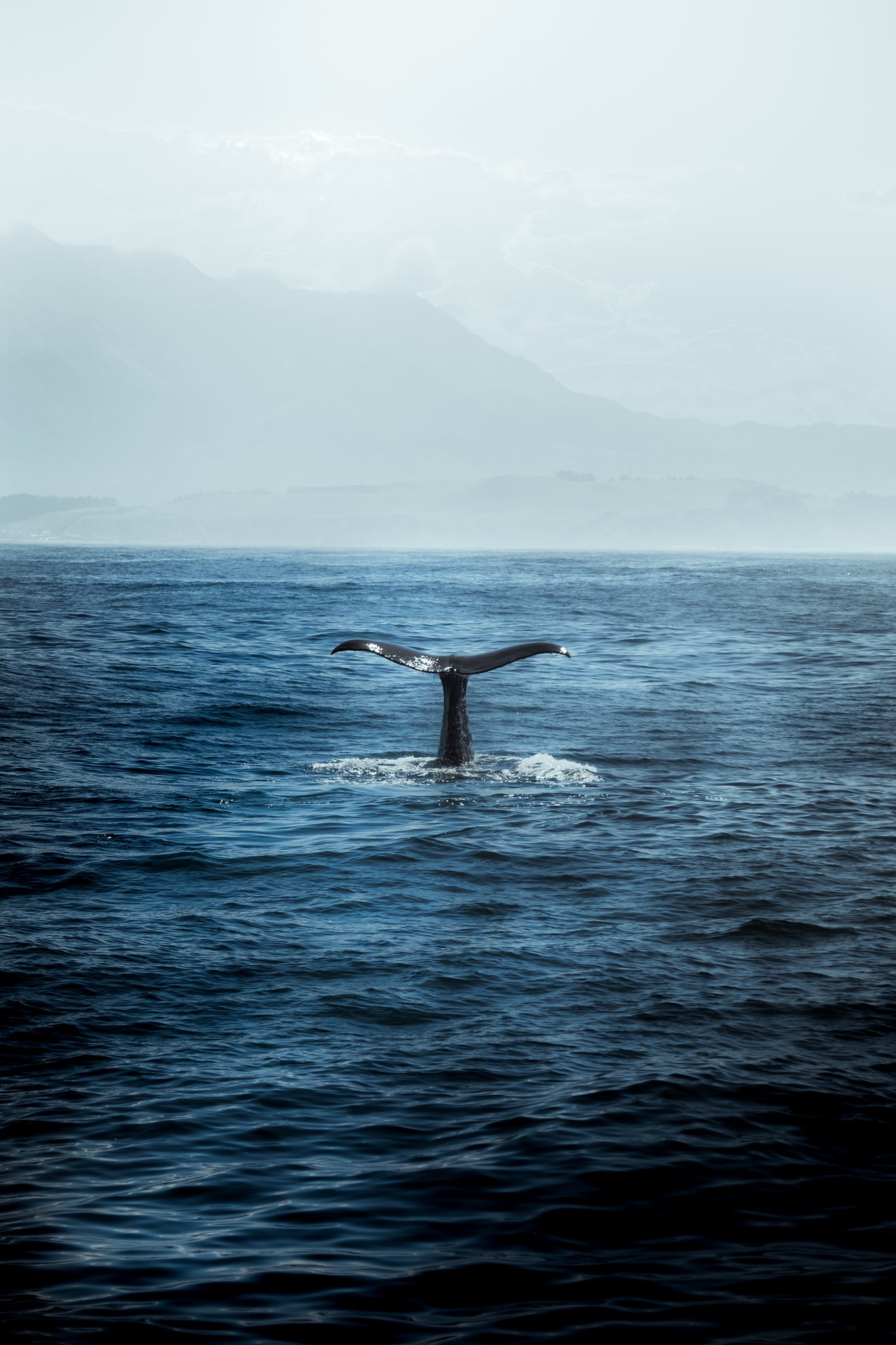
So how can we assist in their preservation? Living more responsible lives, being kind to the ocean, encouraging everyone to do the same - all small steps in the right direction. As it is becoming (or always has been) ever so common, the fight to protect anything on Earth comes down to politics. Lobby for better laws, and better protection. Vote against initiatives that threaten their habitats. Being vocal about wanting them to be safe as much as you can is always going to be a help!
Recently, our Owner & Designer Jessica connected with the Saturna Island Marine Research & Education Society (SIMRES) and was named an Action Ambassador. We look forward to the launch of their Top Actions You Can Take to Help The Southern Resident Killer Whales outreach project. We are excited to work with this excellent local organization to help bring more awareness to the needs of these amazing creatures.
In coastal First Nations cultures, the orca is highly respected for its power and intelligence. They symbolize "...family, romance, longevity, harmony, travel, community and protection." - spiritsofthewestcoast.com After witnessing them, no one can deny that they are magical creatures well-worth protecting.



